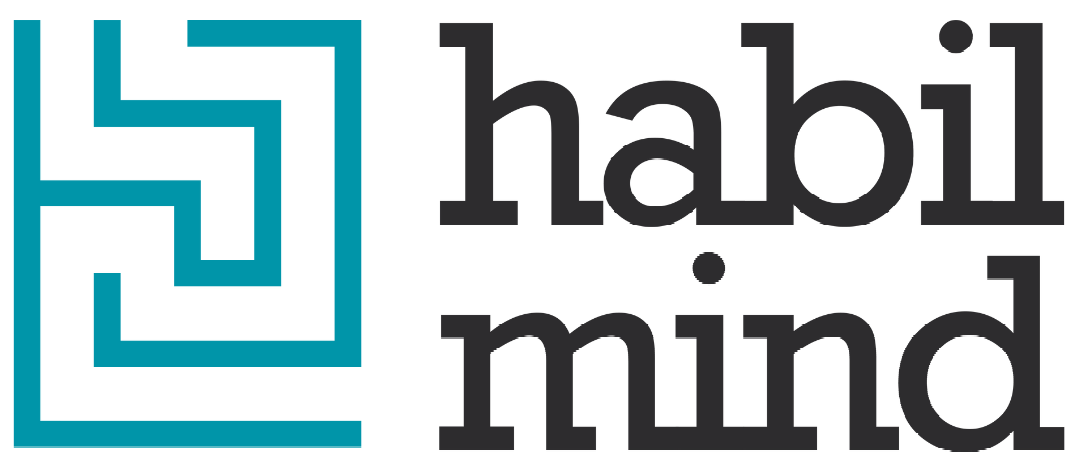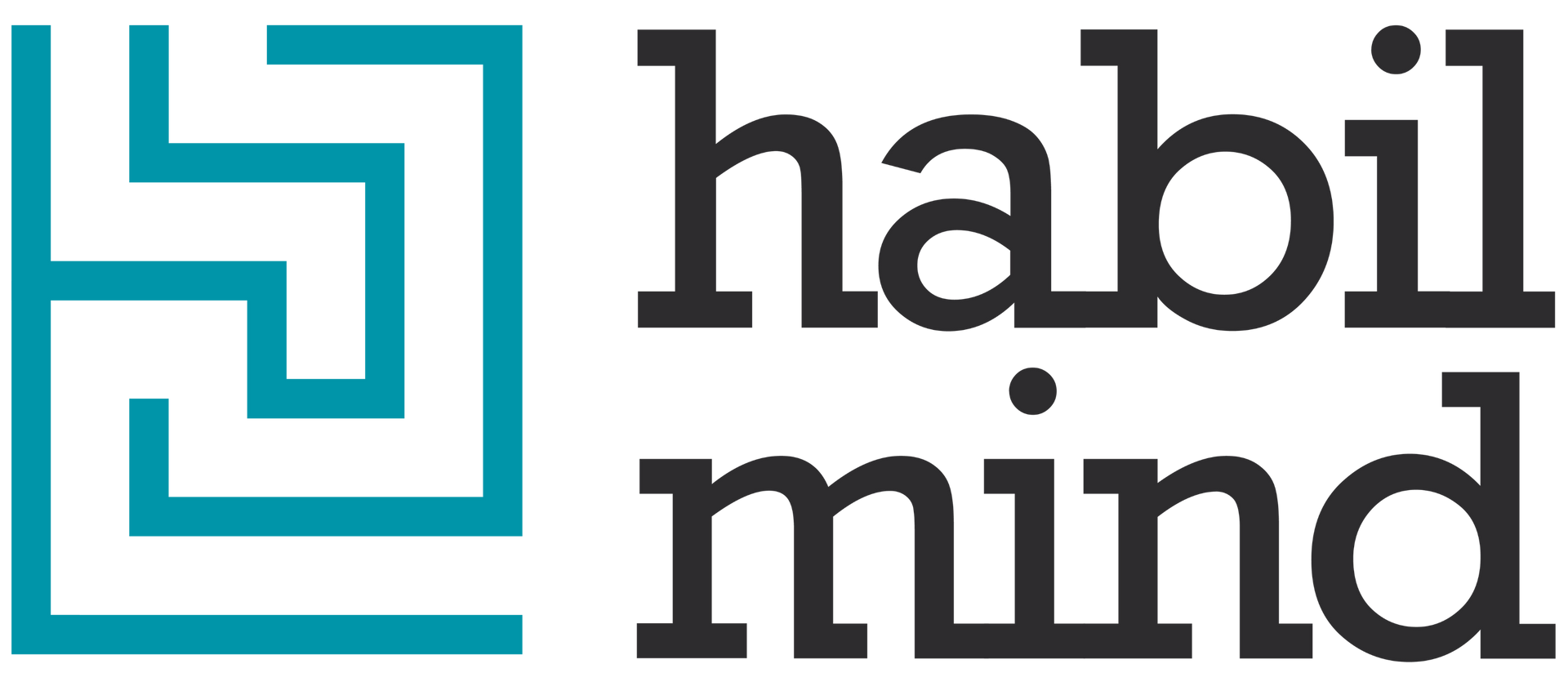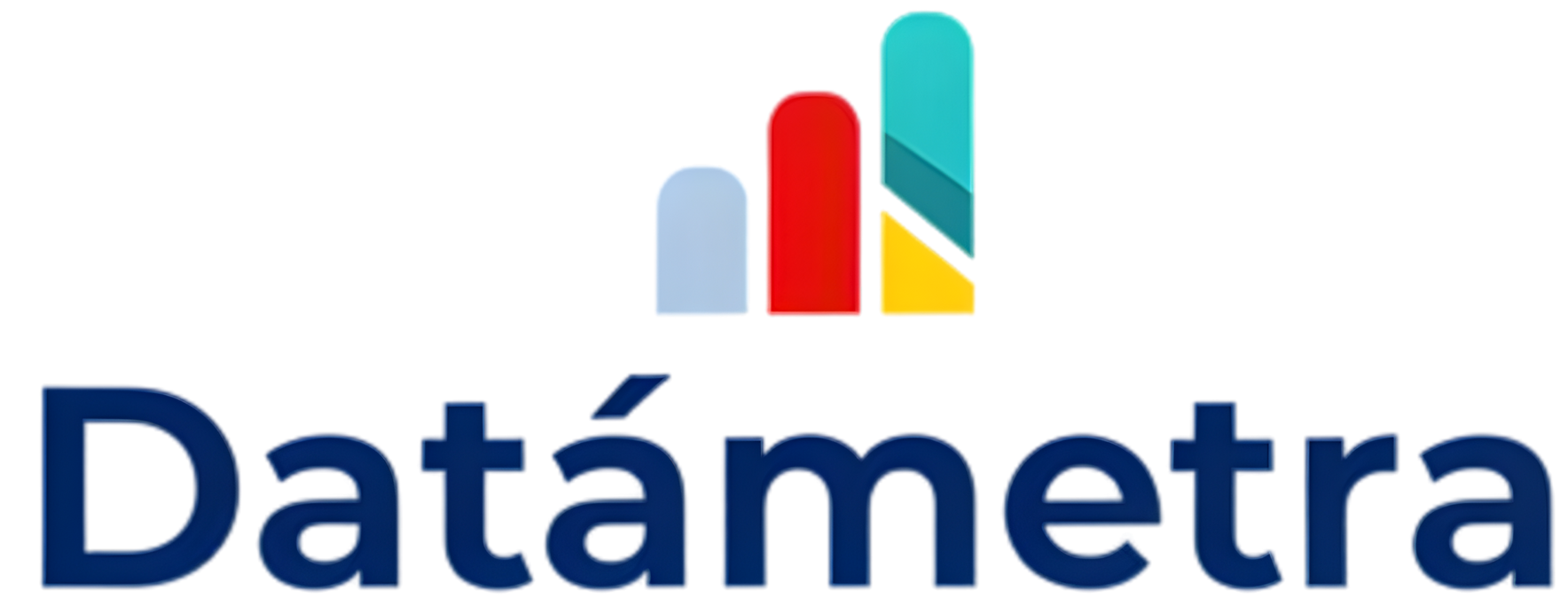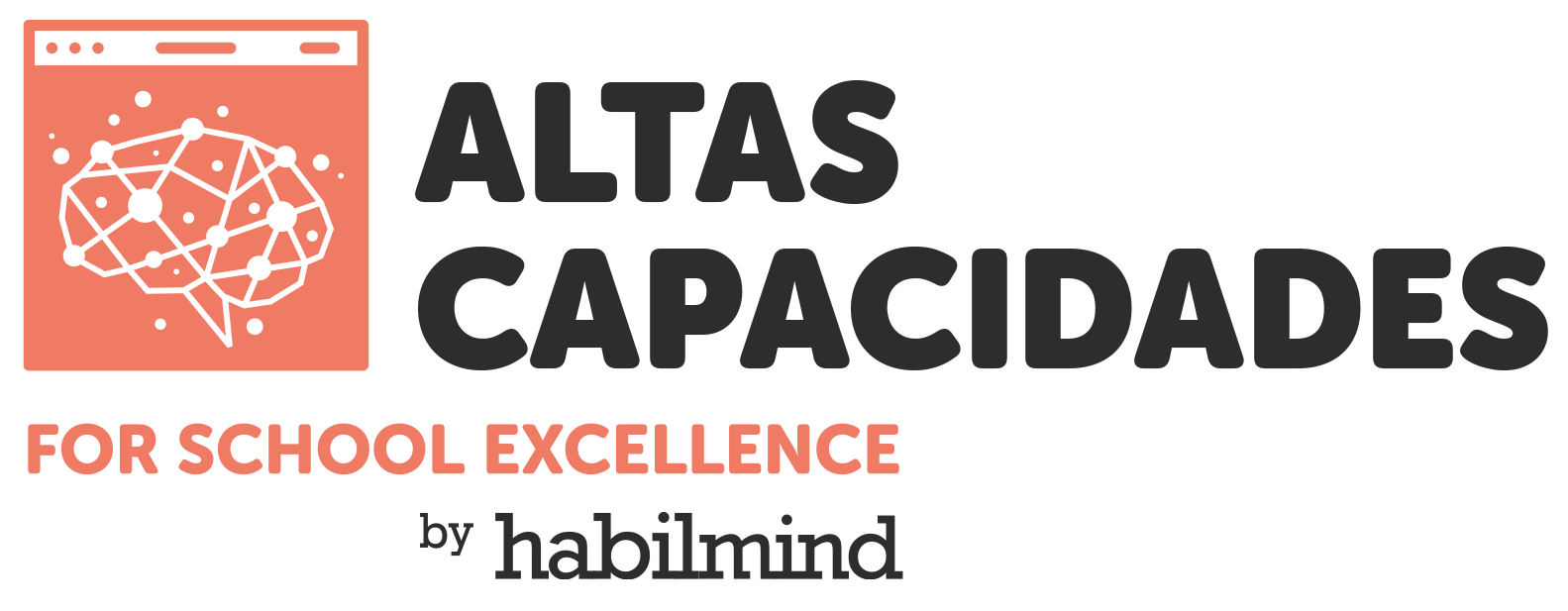Habilmind > Educational Centre Risk Analysis > Internet Risk Questionnaire
Internet Risk Questionnaire
Reflection and Level of Exposure
With a psychoeducational approach, students are encouraged to reflect on the most common online risks and their level of exposure to them. Designed as an anonymous questionnaire to promote honesty, it allows schools to identify the areas where students are most vulnerable and take preventive action.
ℹ️ Application: Collective and individual
🕓 Duration: 20 minutes
✅
Applicable age: Secondary and high school students
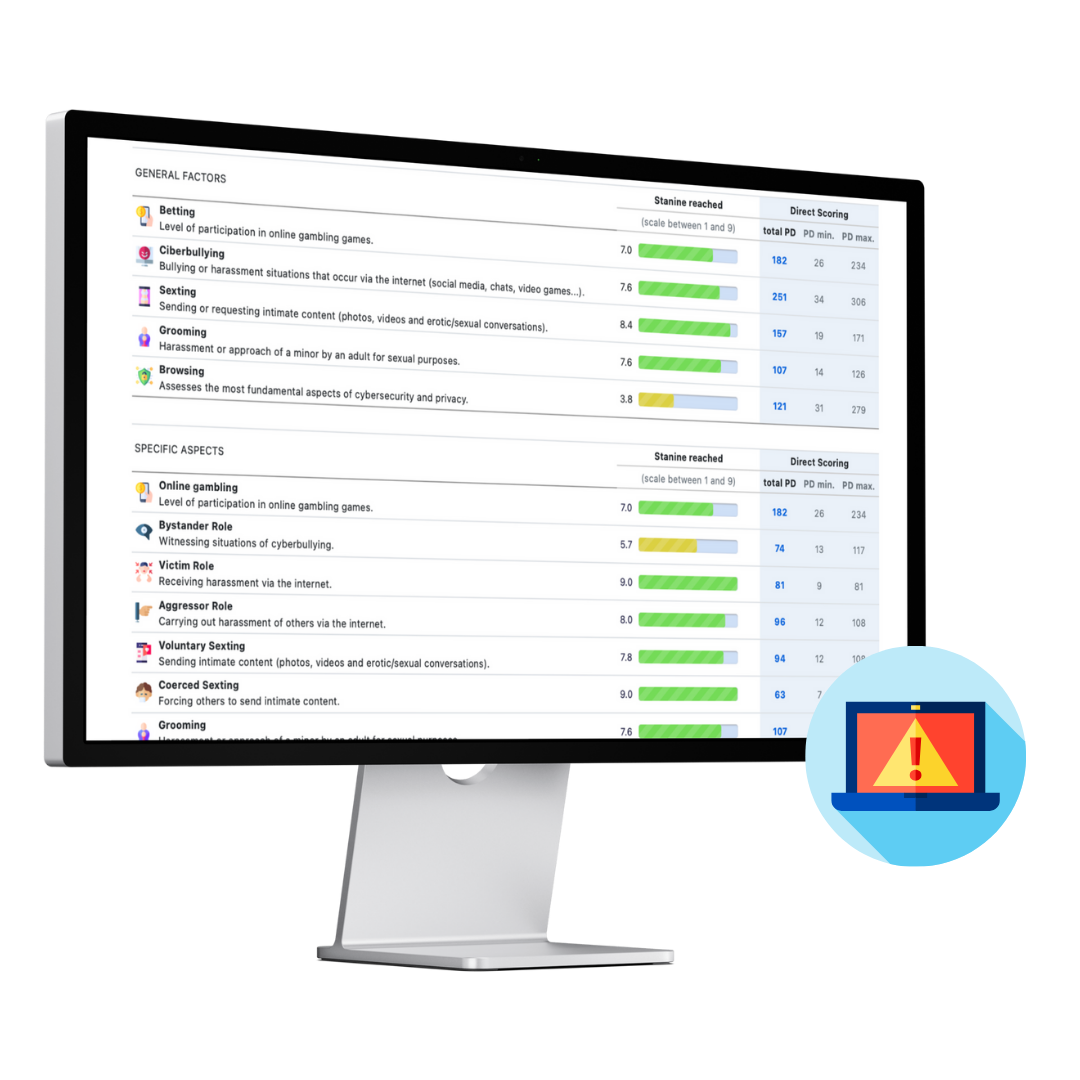
Authors

Rosario Ruiz
Expert in addictions and tenured professor at the University of Córdoba

Alicia Morón
Expert developer in psychoeducational assessment tools.
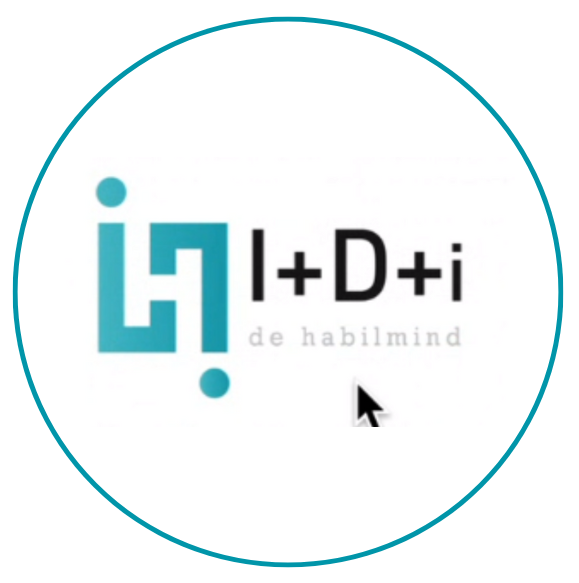
Habilmind R&D&I Team
Habilmind team dedicated to educational innovation.
What does your school obtain from this tool?
01
Increase
Students' awareness of the main online risks, helping them understand the issue and its consequences.
02
Facilitate
Prevention and intervention strategies in schools based on identified risks.
03
Inform
Families about the school’s commitment to protecting children and supporting their mental well-being.
04
Prevent
Conflicts related to online safety and promote a safer, healthier digital environment for students.
05
Assess the impact
Through the re-administration of the tool.
Problems you prevent (or mitigate) when using the Internet Risk Questionnaire
1. Social isolation: Identifying students who may be experiencing online isolation or exclusion, whether due to cyberbullying or lack of participation in online activities, and providing them with support and resources to connect safely with their peers.
2. Self-esteem issues: Detecting situations where students are exposed to negative comparisons or online criticism that could impact their self-esteem, and guiding them on how to develop a positive self-image and resist social pressure online.
3. Risk of internet addiction: Identifying students who may be developing excessive dependence on the internet and electronic devices, and equipping them with tools and strategies to manage their online time in a healthy and balanced way.
4. Lack of knowledge about online safety: Recognising students who may lack basic knowledge on how to protect their privacy and security online, and providing them with education and training in digital skills to navigate the internet safely.
5. Misinformation and risk of falling for online scams: Detecting students who may be exposed to misinformation or vulnerable to online traps, such as scams or fraud, and providing them with tools to critically evaluate online information and make informed decisions.
On which platforms of the Habilmind Ecosystem
is this tool available?
Check prices and benefits instantly
Use the “Prices” button to view the available plans and choose the one that best suits your school.
Free trials are available for schools, colleges, institutes, universities, clinical psychologists, and researchers.










